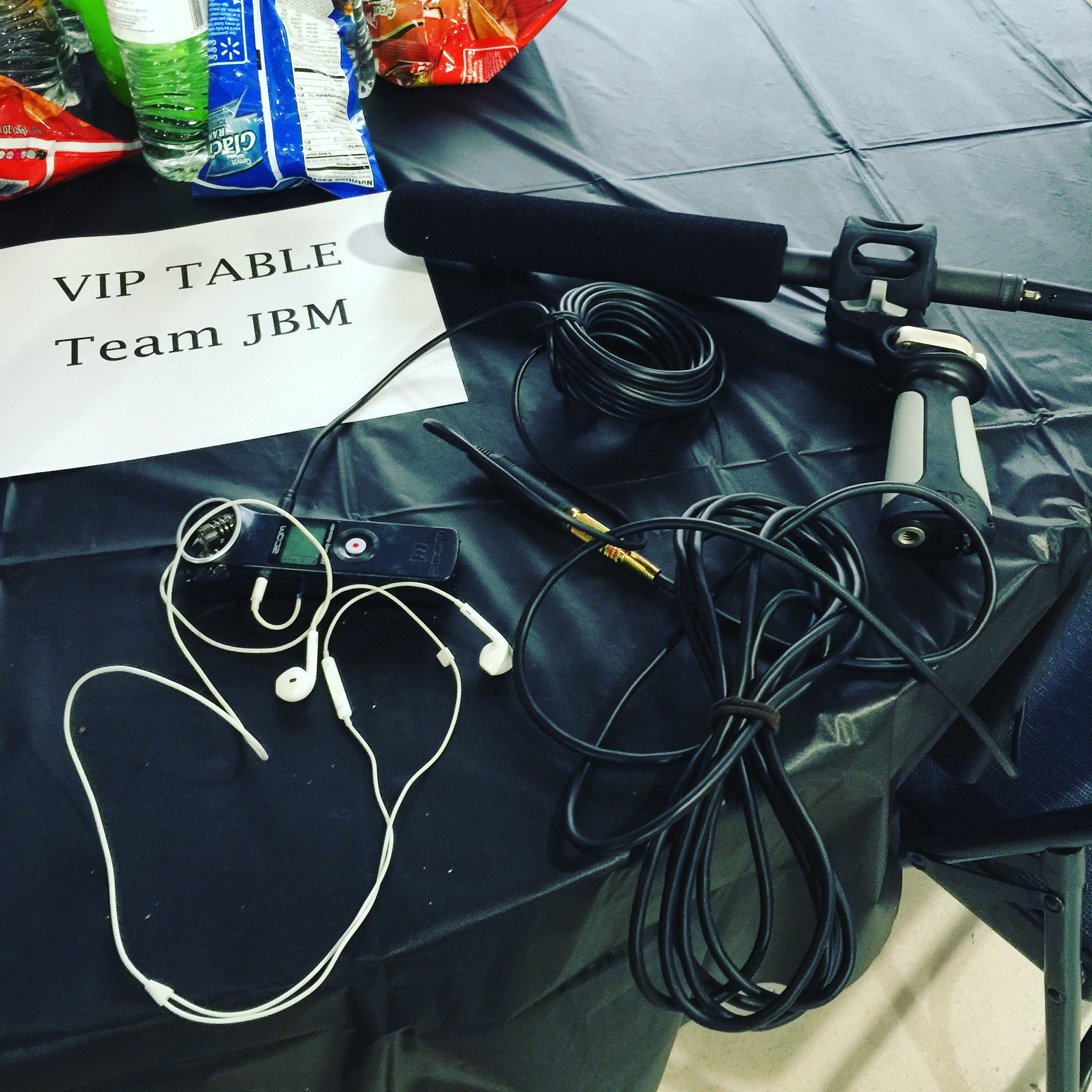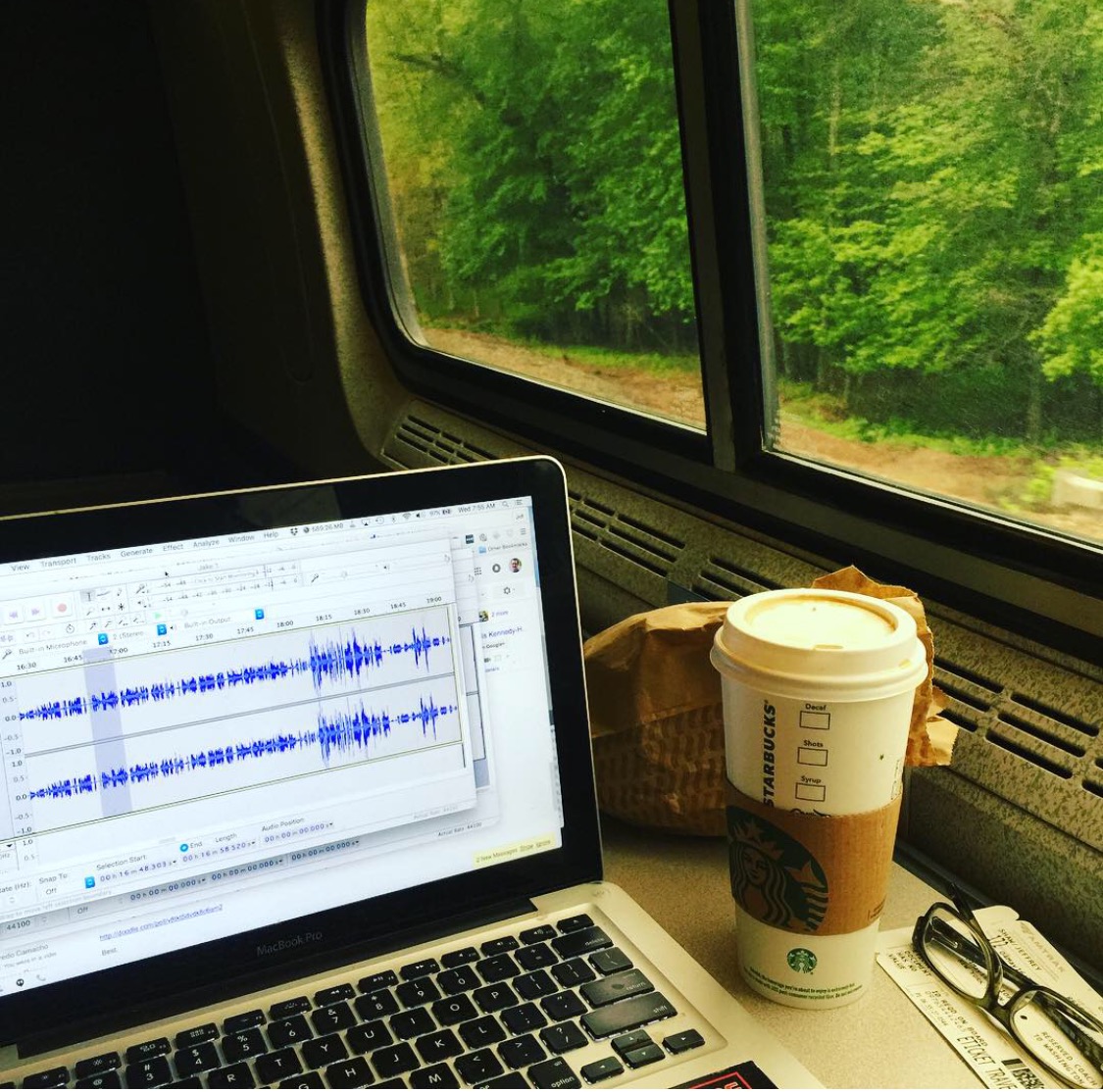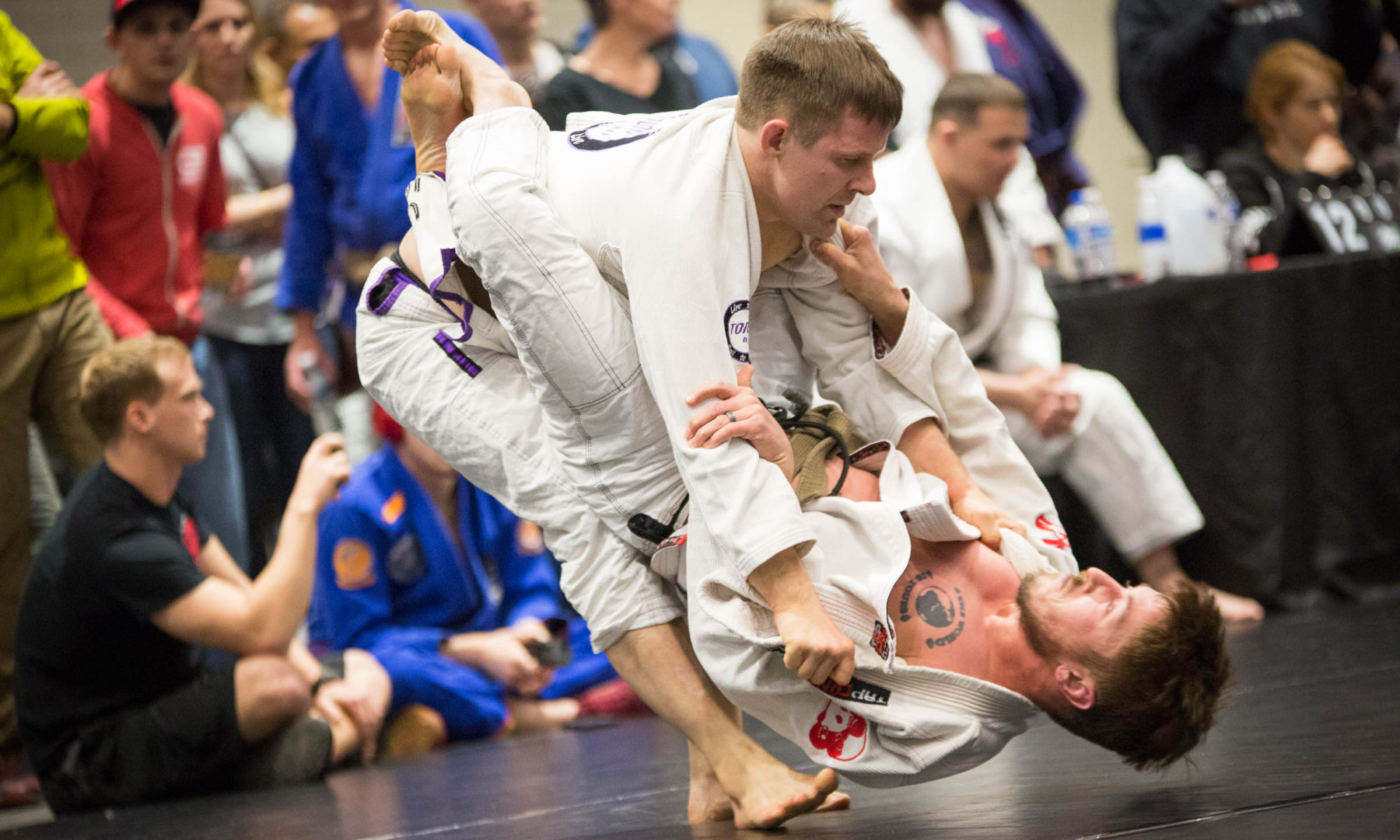Many of you know about the radio show and podcast I do with Trevor Hayes, the Cageside ConcussionCast. It’s a blast doing the show (although it’s a lot of work — more on that later).
Lately, a few people have asked me for advice about how to start their own podcasts. I wanted to put some solid podcast resources in one place for those folks, and also talk a little about my own experience podcasting. If you’re interested in doing one, my experience might help you — although frankly, how I’ve done it is a little atypical.
WHY DO YOU WANT TO DO THIS AND HOW?
The first question you should ask yourself is: why do you want to do this? If you’re looking to make something cool to amuse yourself and friends, that’s a great reason. If you’re looking to learn new skills, or maybe to fill a niche that isn’t currently being filled, those are also excellent reasons.

Alex Kapelman is a successful podcaster . He wrote this good primer on podcasting for AIR,the Association of Independents in Radio, which gives similar advice (He also likes the word “dope,” and so do I).
There are a lot of different ways to make a podcast, from pure interview shows to storytelling shows with extensive editing. If you don’t have a lot of audio editing experience, maybe that informs which type of show you’d like to do.
Before you record your first show, plan out your first six shows. Will you have interviews? Who will they be? Will you have segments? Will these segments be occasional, or will they recur? Think of these first six shows as a season, and have some idea of your first season before you begin. In fact, plan out eight shows, because at least two ideas are going to fall through.
I’ll acknowledge that our show is changing and evolving all the time, despite having done it for (wow) more than six months now. This is my last piece of overarching advice: relax and don’t worry if these plans you’ve made don’t work out. You can change them. You’re doing this for fun and to learn, right?
GREAT GENERAL RESOURCES
Once you’ve decided that you’re going to do this, please also decide to do your research on technique, gear and storytelling. Transom has amazing training resources and gear reviews/recommendations. I love their Good, Better, Best series, which will help you decide on what gear you need to buy. NPR’s free training site is also excellent.
It is easier and cheaper now than ever to create a show. You can get started for exactly zero dollars and make a show that sounds adequate-ish. You can also spend a few hundred dollars and dramatically improve the sound, but my advice is to do a few shows to be sure this is something you’re going to enjoy before you break out the credit card.
This is where my experience is unusual: Trevor and I began doing the show when local radio station WHUP opened. Come in and use our equipment, they said, and we’ll automatically upload your live radio show as a podcast. I kind of lucked into an easy situation where I got to work in a professional studio with excellent facilities and equipment, and didn’t have to learn any of the technical details.

This was great, because I didn’t have any initial capital investment and I didn’t have to learn much. The fact that we generally record the show live is also my excuse for every time anything goes wrong, and I love excuses.
But then, I travel a lot for work and jiu-jitsu, and I noticed that when I had to pre-record the show on my computer, it suddenly sounded way worse. Listeners were (and I was) used to the higher-quality sound, so the difference was pronounced — and I didn’t like that.
To be clear: when you first start out, I think it’s best just to use your basic computer or headphones mic at first, while you’re figuring out what level of commitment to this you’re going to have to the project. But having a good mic really improves the sound, and as my travel commitments increased, I just had to figure out how to make it sound less like shouting through a tin can.
After consulting with friends and reviewing the Good, Better, Best series, I decided to invest in a mid-level set-up. For recording live interviews, I use a H1 Zoom digital recorder (small! Cheap!) and plug a nice shotgun mic into it. This maximizes portability while minimizing expense, and gets quite good tape quality.

There are several terrific mic brands: I use an Audio Technica AT 8035 shotgun mic, which is very reliable, and you can find for $250. It’s better than the Nady and even a step above the Rhode, which is another nice sounding mic. I went fairly high-end and still managed to outfit myself for less than $400.
Also, my brilliant radio friend Bec Feldhaus-Adams once told me this about investing in gear: “Cry once when you buy it, and never cry again. Rather than being happy with a cheap mic and then crying continuously when you get crap tape. Cry once, my friend!”
Also, think about your recording environment: you want to minimize extraneous noise. There are many hilarious ways to do this, and here is mine:

What if you and the interview subject aren’t in the same place? Though it’s sub-optimal, I usually have the other person call me on Skype or Google Hangout. I open an Audacity file and just record straight to the hard drive. For shorter interviews, try this valuable trick. Simple and elegant and perfect, like a hip bump.
REGRET IT? NOPE. EDIT? YEP.
We talked a bit about recording technique: here are some notes on editing.
As I alluded to above, I like to use Audacity (free) and upload the files I create to Soundcloud (free, unless you produce a lot of material: I have Soundcloud Pro, which is $125 a year for unlimited uploads). Soundcloud creates an RSS feed for you automatically, which you can use to submit your show to iTunes and Stitcher if that’s something you’re interested in.
For editing purposes, I suggest you learn the basics: how to edit out profanity (coughFRANKIEPATCHEScough) and how to mix segments together. This is simple and straightforward.
From there, even a free program like Audacity has a host of filters, bells, whistles, foofaddles, and dingdoggies. You can spend a lot of time learning audio editing, and it’s time-consuming to do it well. I generally spend about 3 hours editing a remote podcast. Consider the additional hour (at least) of recording, and that’s a lot — especially considering I work full-time and try to train full-time, too.

While that editing process is actually fun for me, if you like ease of use and efficiency, Auphonic is a godsend. Finish recording, upload the file, they equalize the levels for you. There’s a considerable amount of free upload hours, and I’ve never had to pay — although the service is worth it, and if I ever exceed the free file size limits, I’ll pay happily.
Once you have a file that sounds good, upload it to Soundcloud, and bam — you have birthed a podcast. You’ve done the hard work, so now enjoy the fun part: going to a public library and setting every computer to play your podcast to boost the spins count.
Kidding: that’s why you get an intern.
There are roughly 1.21 million other tasks you can occupy yourself with (Logos! Promotion! Social Media!), and if there’s enough interest, I’ll do another post on that. For now, go forth and make great radio.
